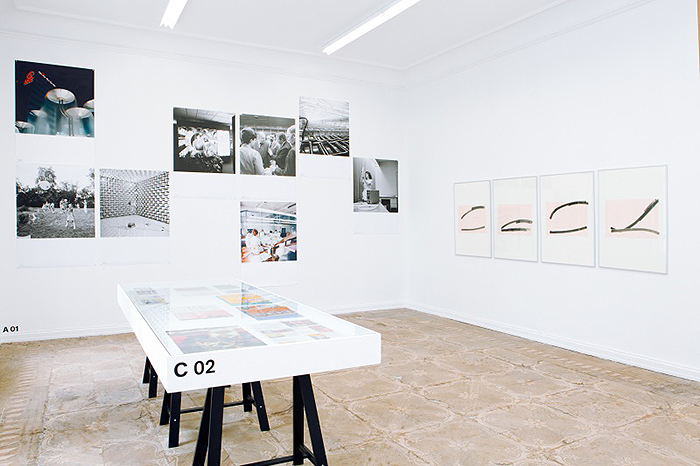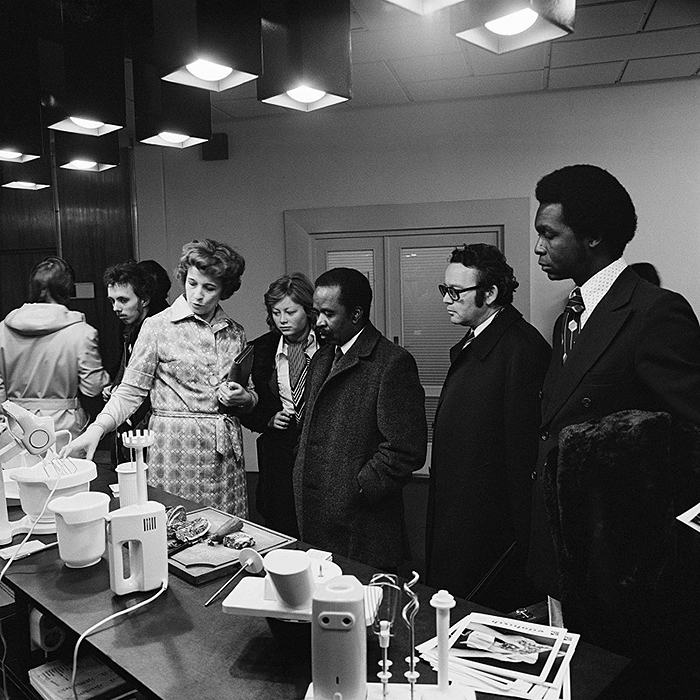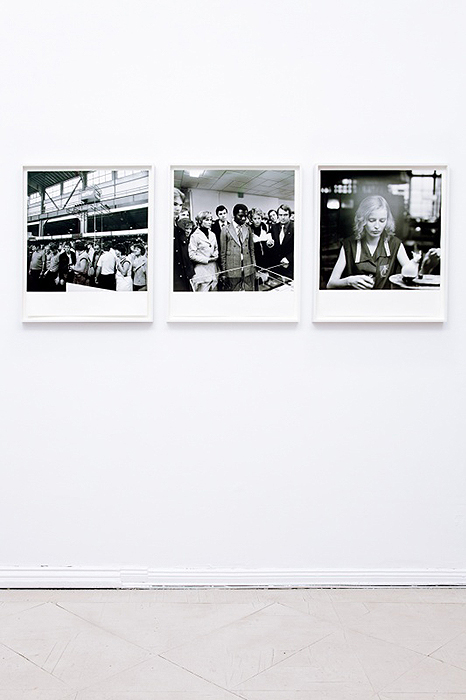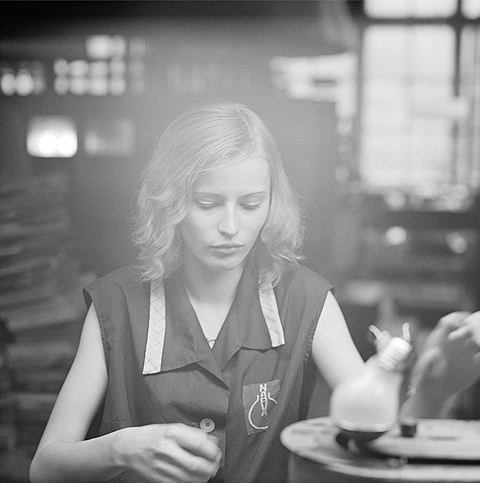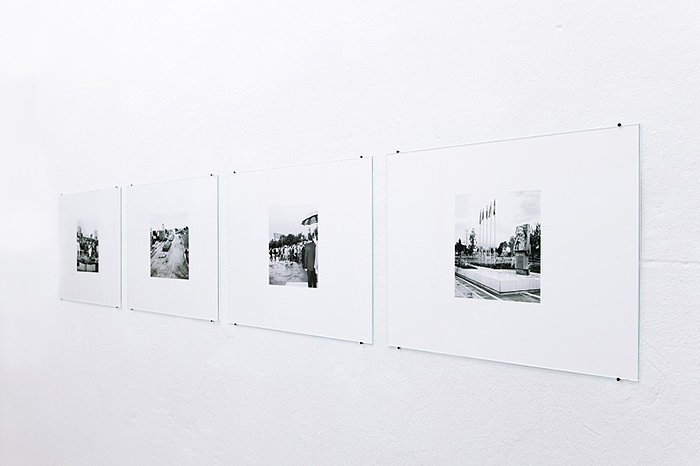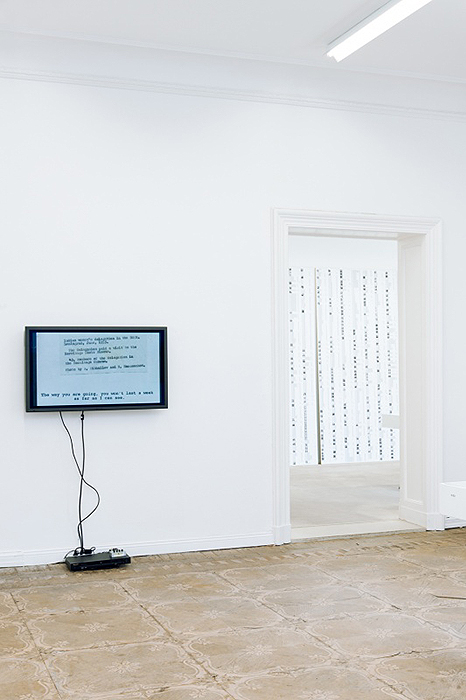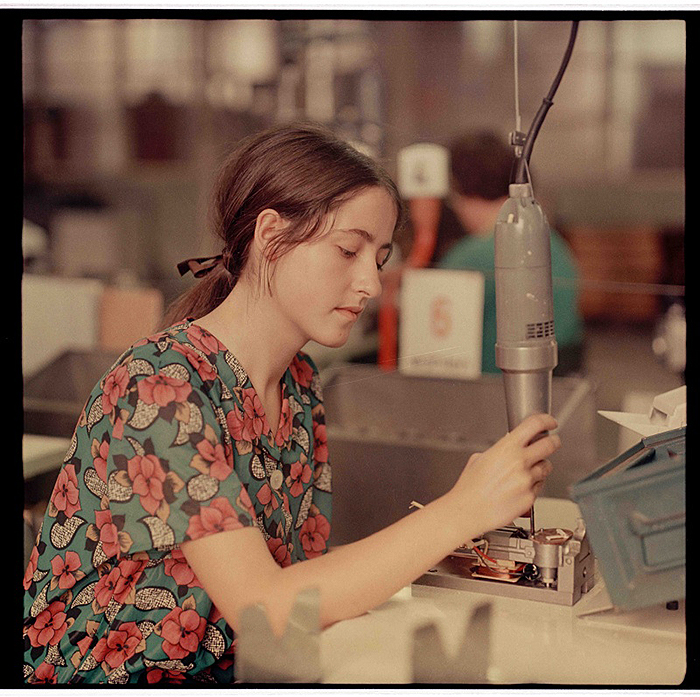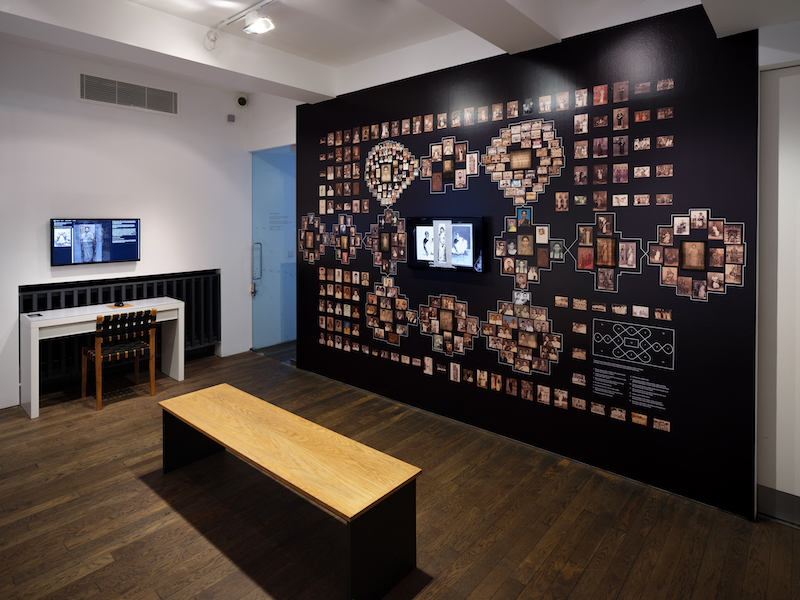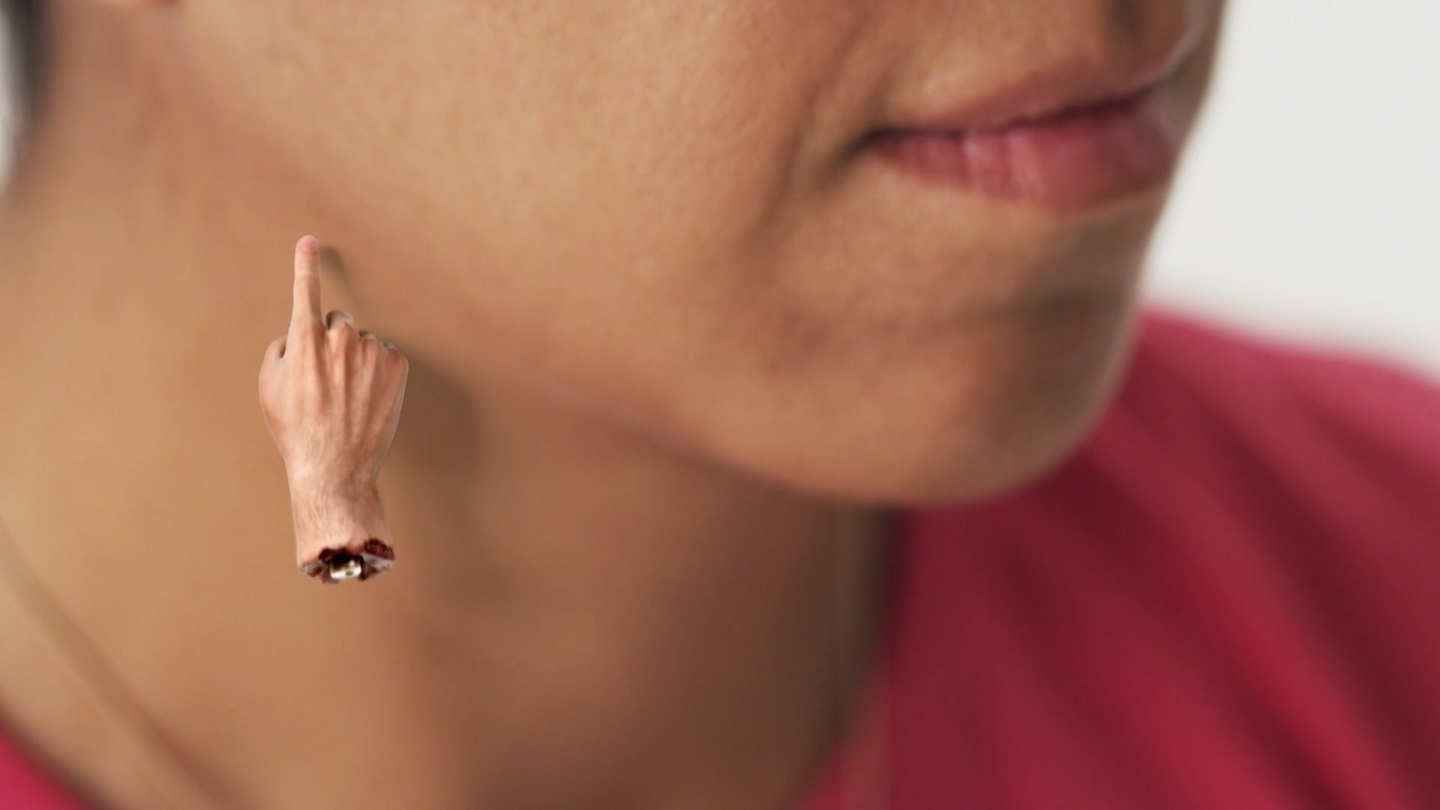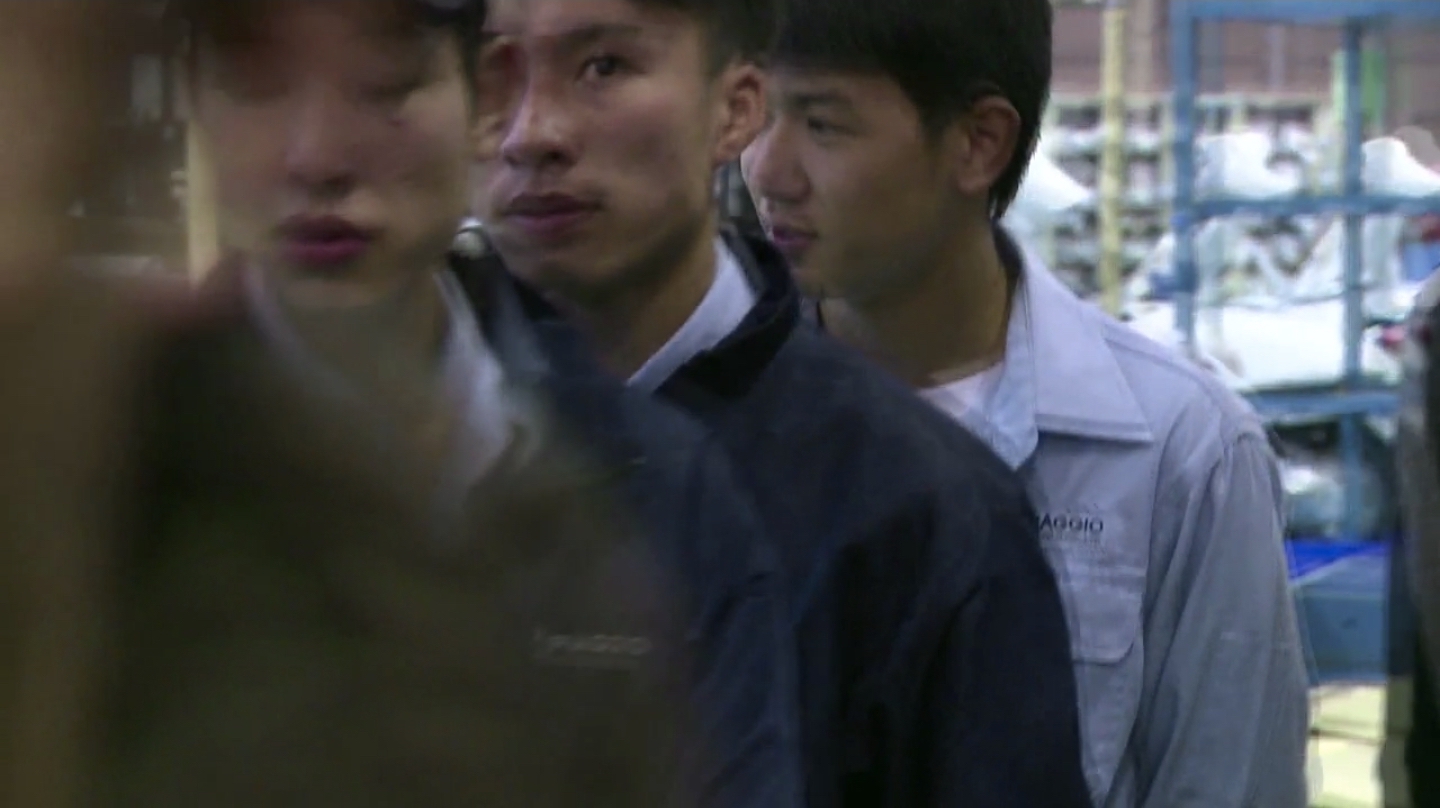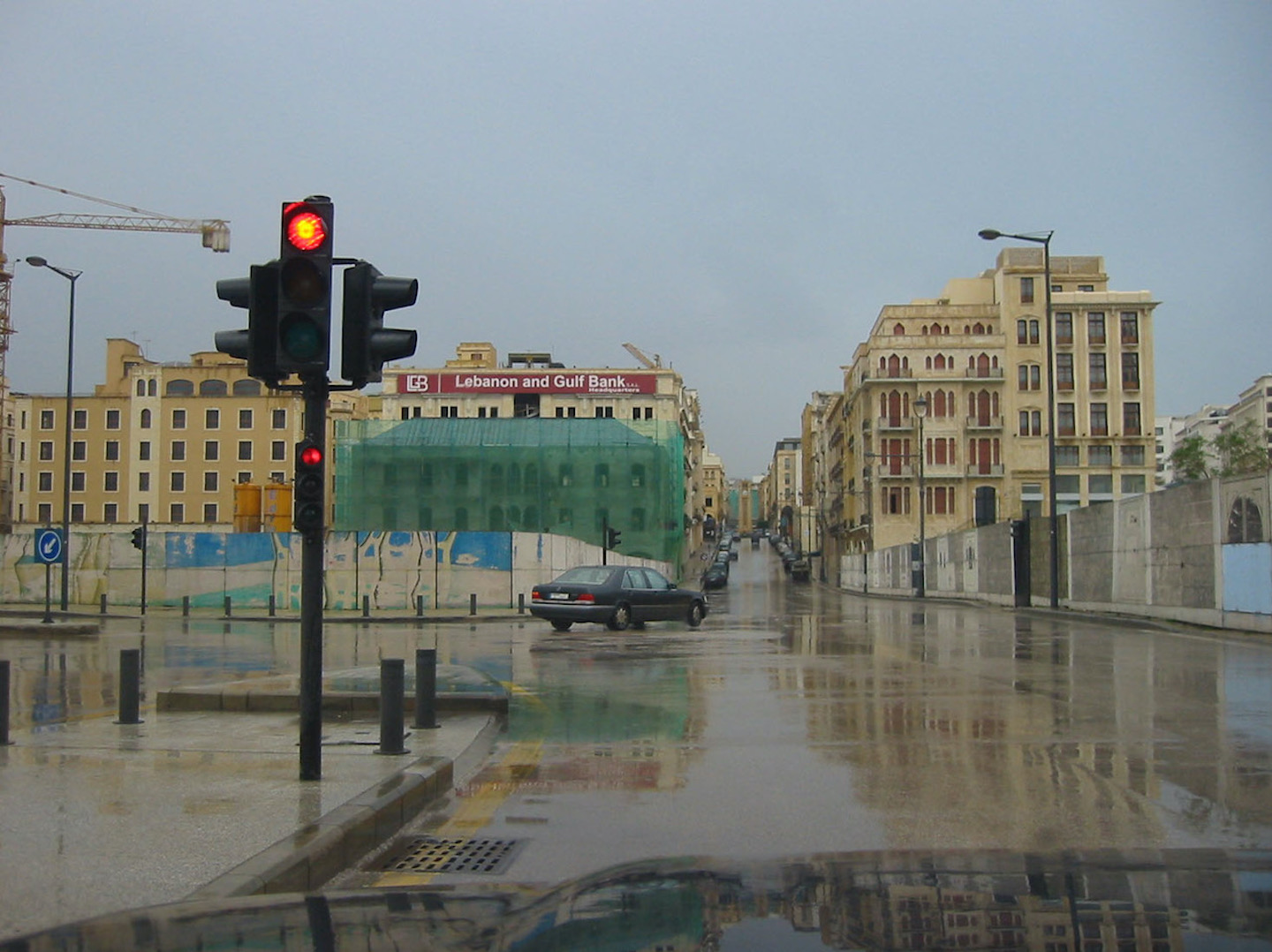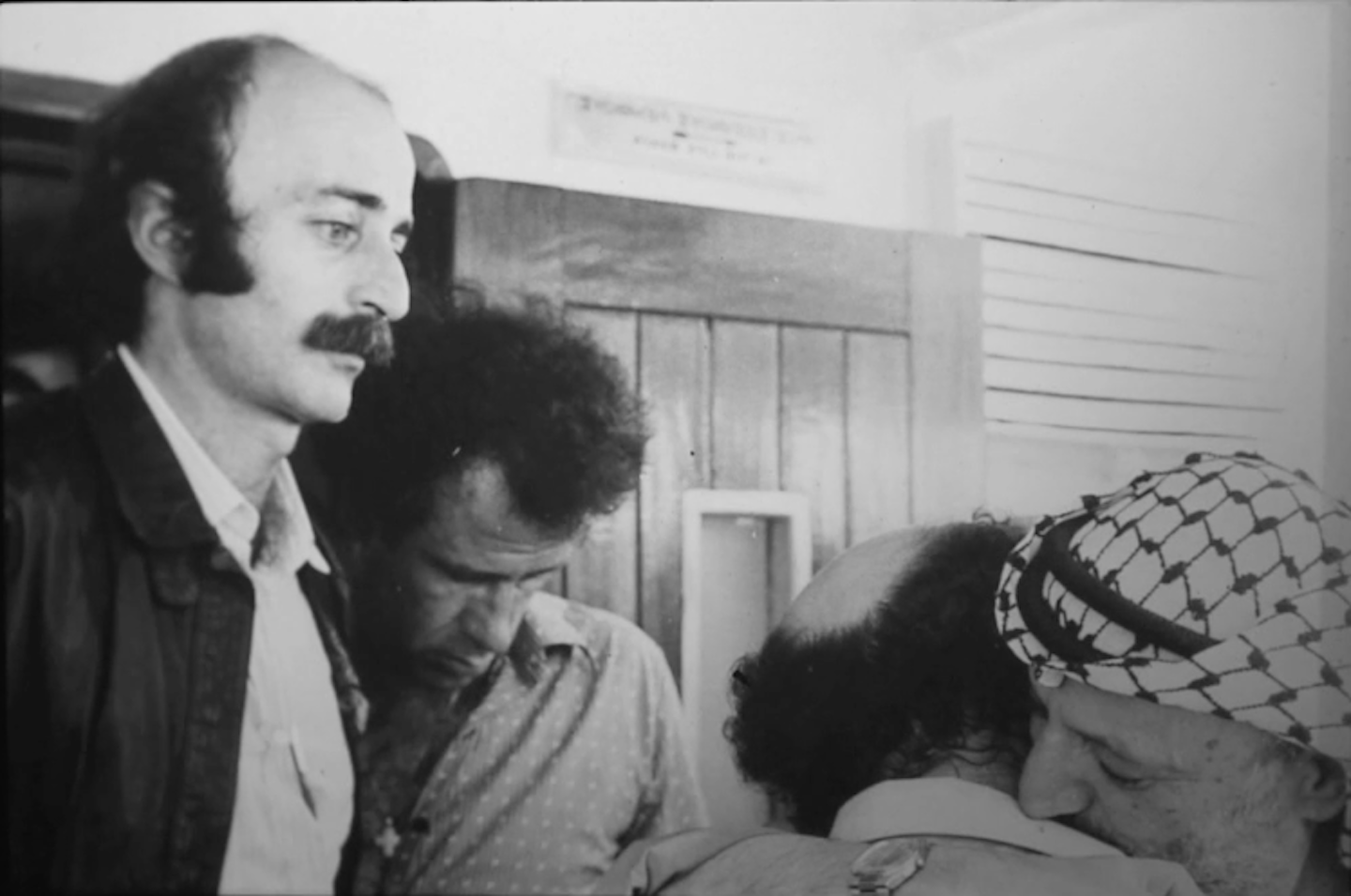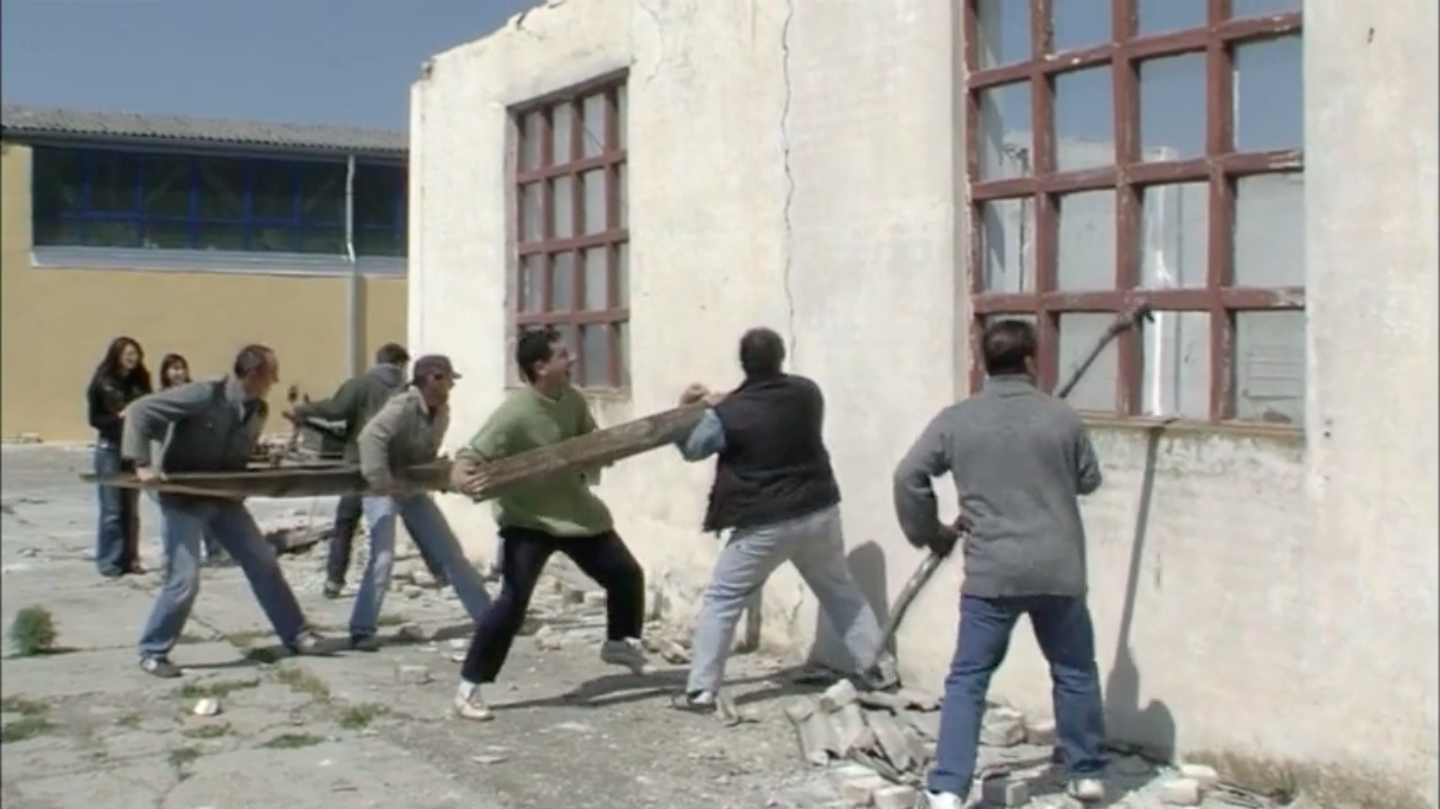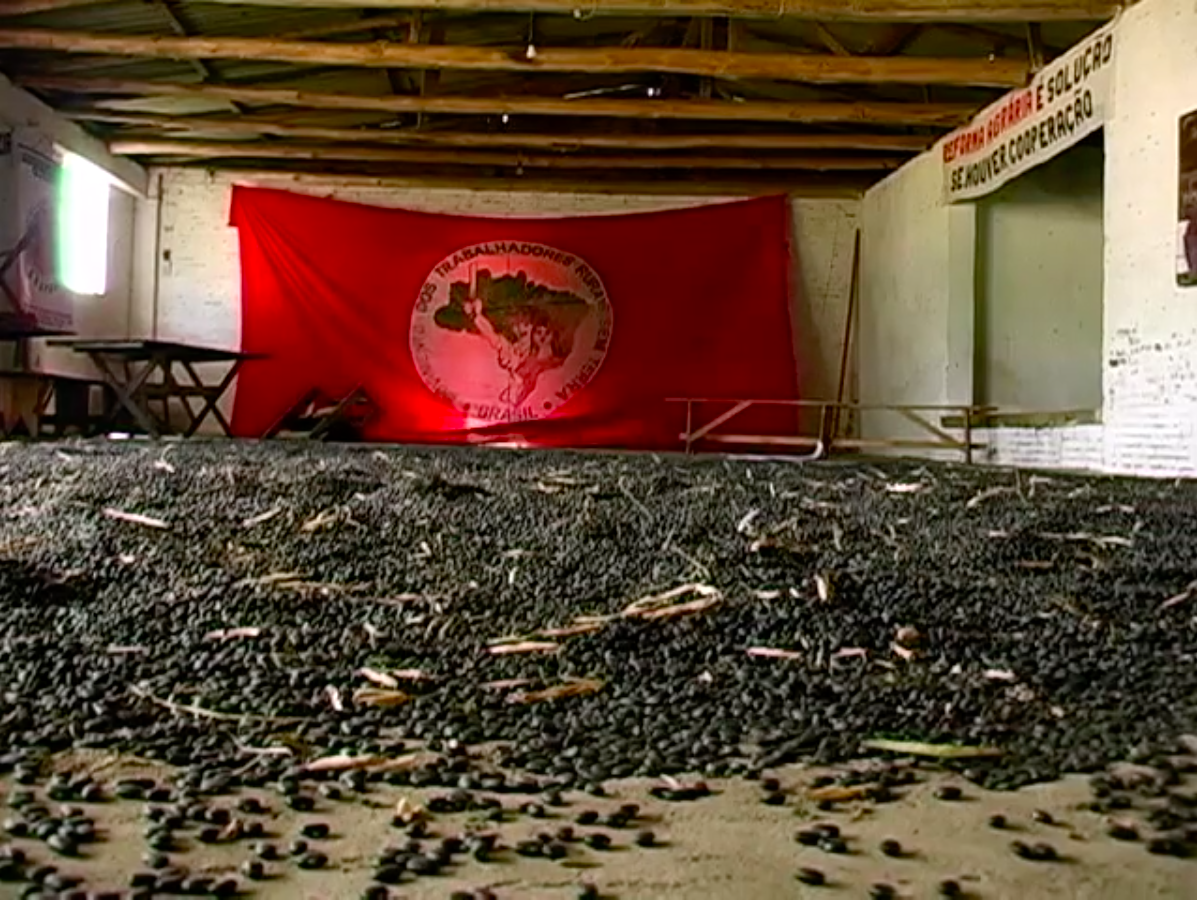June 22–August 3, 2013
In the former German Democratic Republic (GDR), freelance work was tolerated in just a handful of professions. Reinhard Mende was one of the few who worked as a freelance photographer and his career nearly spans the life of the GDR as a state. His independence might be the reason his vast body of work remains intact. While many institutional archives were abandoned or destroyed after the fall of the Wall, private collections had a better chance of survival.
One of Mende’s regular jobs was to document the Leipzig Trade Fair, at that time the crucial hub for showcasing East Germany's industrial production and, more importantly, selling it to the West for hard currency. His work around the fair included documenting official visits, depicting the products on display, and doing reportage work on production facilities. The worker’s portraits would afterward often be used for displays at the fair (and they occasionally reappear in the background of some of his pictures). To us, portraits of workers in factories placed next to the finished product look awkward; imagine seeing a picture of a Chinese assembly line at Foxconn next to an iPhone in an Apple store. Unthinkable, as it would be immediately associated with nasty working conditions and suicide cases. Under a communist regime, however hierarchical and semi-feudal as it turned out to be, at least nominally the worker was still regarded as the hero of production. Not much of this pathos, however, survived in Mende’s images. Instead, he remained within the parameters of a particular set of motifs, rendering them aesthetically in a late Sachlichkeit style that accurately represents the growing disbelief in a system that found itself in obvious and visible decline.
Nonetheless, his approach does show an apparent empathy with the portrayed workers, as if both were conscious about the futility of their tasks, being on the same side of a system that was crumbling from the outside and inside, depriving its citizens the economy of desires that was running wild some hundred kilometers to the west. The struggle with the simplest obstacles and shortcomings marks the pictures just as it marked the whole socialist economy. To give but one example: because of the dearth of good quality raw materials and the often-dim light conditions, in many cases the subjects had to sit still for quite some time. Thus some of Mende’s pictures take on the aura of turn-of-the-century photography, complete with stiff poses resulting from the long exposure.
Mende himself was quite surprised when his daughter Doreen Mende, a researcher and curator of the show together with Estelle Blaschke and Armin Linke, approached him with the request to tap into his archive. The photographs selected for “Double Bound Economies” do not represent the part of his oeuvre that he himself would have deemed worth of showing in an art context. Rather, the elder Mende considered the pictures he shot around the Leipzig fair—roughly about one quarter of his work, taken between 1967 and 1990, when the fair was held for the last time—the more or less conventional result of a professional photographer’s day job. In retrospect, seen from an archival viewpoint, it was exactly these conditions that shaped such a coherent depiction of an epoch that afterward very quickly became historical and irretrievably distant.
The show, as it is mounted in Galerie Thomas Fischer, condenses Mende’s vast output in three rooms, along with contributions by seven other artists. (It was previously on view in Leipzig at Halle 14 – Center for Contemporary Art and at the Centre de la photographie in Geneva). However the connections between the work of these other participating artists and that of Mende remain oblique. Some were his contemporaries, like KP Brehmer. Others’ works deal vaguely with similar economic relations in other parts of the world (and in other times), such as films by The Otolith Group or Allan Sekula and Noël Burch, or the images of Armin Linke, Seiichi Furuya, and Tekle Belete. One work intervenes directly in Mende’s archive: Olaf Nicolai’s book, cheekily titled Girlfriends (2012). Here Nicolai, who grew up in the GDR, chose a personal approach. He selected a series of portraits of young women, and it remains for the viewer to decide whether this selection represents a “blind spot” in the “localizing of a subject,” as Nicolai claims in an accompanying text, or the rather ambiguous result of a (straight) male gaze.
The show is accompanied by a great catalogue that adds a lot in terms of theoretical reflection on the conditions of the epoch and the broader economic and aesthetic environment in which the photographer’s work was done and the archive was assembled. If one looks at the show from the logic of archival procedures, it represents an intriguing intersection of two very different archival approaches, each coming with its own logic, and its own (occasionally overthrown) rules. Especially the exceptions and the glitches reward a closer look. The inconsistencies begin with the photographer not wanting to leave precious raw material unused. Whenever a few frames were leftover from a roll, he simply photographed what was at hand—mostly family scenes. This adds a surprising and revealing view on a parallel private life. When the curators selected the images according to the topic of the Leipzig fair, they adhered to the initial order of the archive. That’s why next to a group of employees, we see a kid playing in a garden; and next to a machine operator is a portrait of one of Mende’s daughters.
In general, whenever a selection is extracted from an archive, the items are brought under another rule and reshaped according to new constraints. The selection is never neutral: one archival order replaces another. Of course, the art world has its own practices and requirements. What once would have been considered artistic may not matter anymore a few decades later. This exhibition follows a certain style of documentary art that has taken hold during the last twenty years. One could even say that it’s largely a historical coincidence that a body of work meant to be standard imagery for institutional use—albeit with high aesthetic standards—now depicts a reality whose traces were by and large lost and demolished within the last twenty-four years.
Laudably, the curators undertook the enormous effort to digitize the almost 20,000 pictures selected. But a digital database is not necessarily a neutral intervention into an archival structure. It renders images accessible as data, making them available for searches, and allows the archive to be extended dynamically. One such extension was added by tracking each image that one of the curators or one of the artists would select. With this step the archive itself becomes a liquid data set, and what we witness in the exhibition is a moment of archival dissolution and re-assembly. In this respect the methodological accuracy of the show mirrors the historical conditions depicted in the images of an economy in decay. Indeed, one of the great achievements of the exhibition lies in the precise conceptual approach applied by the curators, which offers a unique view into an archive in transition.
